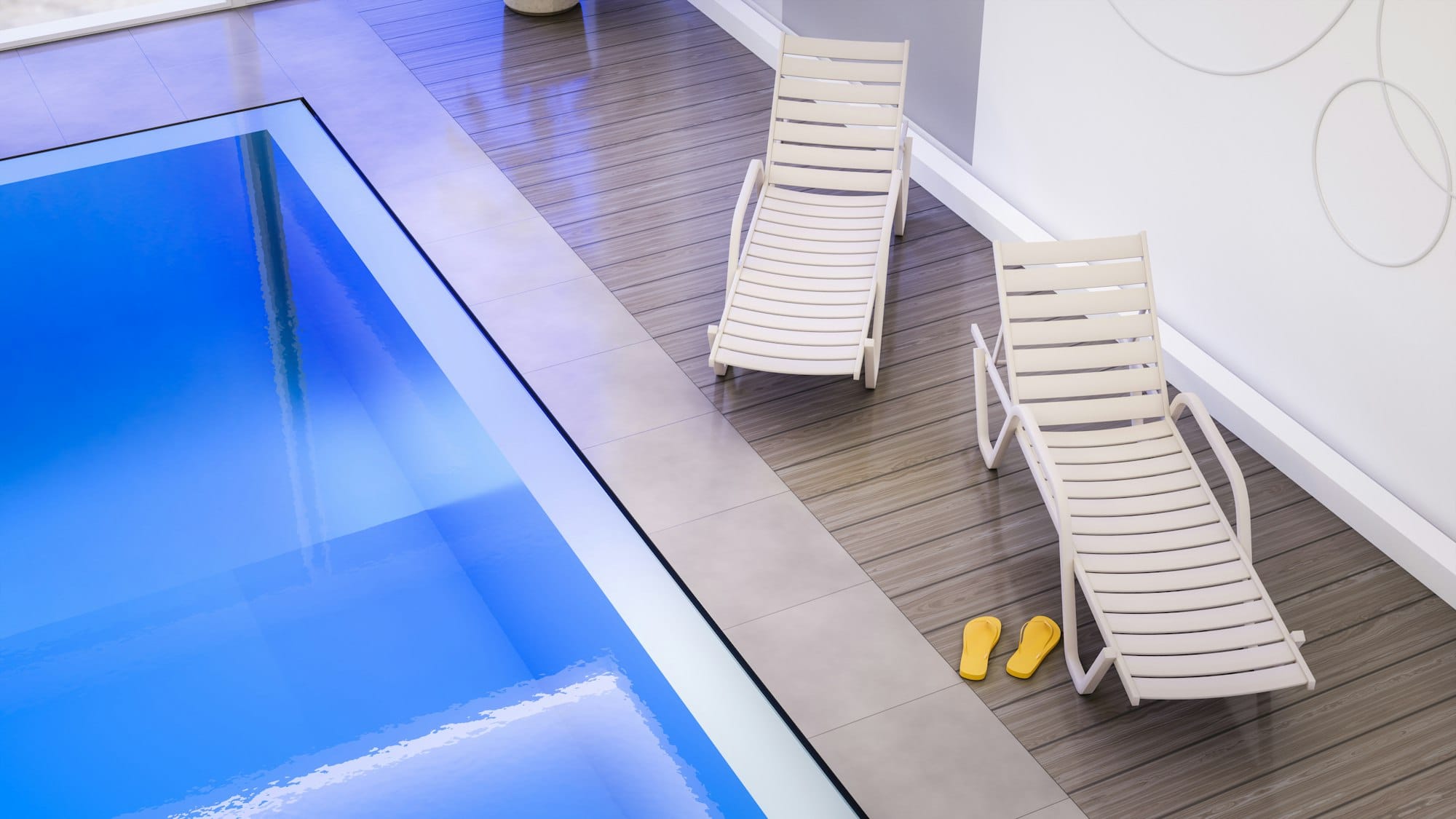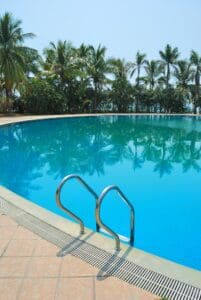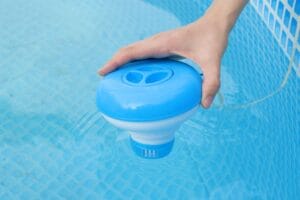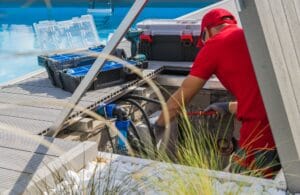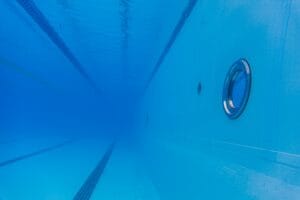How to Install Pool Lights: A Step-by-Step Guide?
If you’re looking to enhance your pool’s appearance, add some ambiance for evening swims, or increase safety around the pool, installing pool lights is a fantastic choice. Whether you’re upgrading from older lights or installing new ones, adding pool lighting can transform your outdoor space, making it both functional and beautiful.
Step 1: Choose the Right Type of Pool Lights
Before beginning the installation process, it’s essential to choose the right type of lights for your pool. There are a few main types of pool lights, each with its own pros and cons:
1. LED Pool Lights
• Benefits: LED lights are energy-efficient, long-lasting, and available in various colors and brightness levels. Many also come with color-changing options, which can create unique effects in the water.
• Recommended For: Pools where you want energy efficiency, bright lighting, and customization options.
2. Halogen Pool Lights
• Benefits: Halogen lights are typically cheaper upfront and produce bright, warm lighting.
• Recommended For: Budget-conscious pool owners, though they do consume more energy and need more frequent replacement than LEDs.
3. Fiber Optic Pool Lights
• Benefits: Fiber optic lights do not use electricity directly in the pool, which can be safer in some situations. They also offer various colors and styles.
• Recommended For: Pools where safety is a primary concern, although they are more expensive to install.
Once you’ve decided on the type of light that fits your needs and budget, you’re ready to start the installation process.
Step 2: Gather Necessary Tools and Equipment
For a smooth installation, gather all the necessary tools and equipment beforehand. You’ll need:
• Pool lights and any additional fixtures
• Light housing (often comes with the light kit)
• Wire connectors and waterproof seals
• Screwdrivers and wrenches
• Electrical conduit and junction boxes
• GFCI (Ground Fault Circuit Interrupter) outlet (for safety)
• Voltage tester (to check connections)
• Pool putty or silicone sealant (to seal around fixtures if needed)
Having these tools on hand will make the process much easier, ensuring you don’t have to pause to find something mid-installation.
Step 3: Turn Off Power to the Pool
Safety comes first! Always turn off the power to your pool and any nearby outlets to prevent any electrical hazards. You can do this by switching off the breaker that controls your pool lights and using a voltage tester to ensure there’s no active current.
Step 4: Prepare the Light Housing
The light housing is the compartment that holds the light in place within the pool wall. Follow these steps to prepare it:
1. Assemble the Housing: Many light kits come with pre-assembled housing. If not, follow the manufacturer’s instructions to assemble it.
2. Attach Conduit: Attach an electrical conduit to the back of the housing to protect the wiring. This step is especially important for in-ground pools, where the conduit helps secure and shield the wires.
The housing will sit in a niche in the pool wall, so make sure everything fits securely before proceeding.
Step 5: Run the Wiring
Running the wiring properly is crucial for safe, long-lasting lighting. Here’s how to do it:
1. Feed the Wires Through the Conduit: Start by feeding the light wires through the electrical conduit, ensuring they run all the way to the location of your GFCI outlet or transformer.
2. Connect to Junction Box or GFCI Outlet: Secure the wires in a waterproof junction box or directly to the GFCI outlet. Be sure to follow local electrical codes, and consider having a licensed electrician inspect this part of the installation if you’re unsure.
3. Use Waterproof Connectors: Pool lights require waterproof wire connectors to keep everything safe and dry.
Step 6: Mount the Light Fixture
With the wiring in place, it’s time to mount the light fixture inside the pool.
1. Position the Light: Insert the light fixture into the housing, making sure it fits snugly. Depending on the type of light you’ve chosen, it may require securing screws or clamps to hold it in place.
2. Seal Around the Light: Use silicone sealant or pool putty around the edges of the fixture to ensure a watertight seal. This step is essential to prevent water from leaking into the housing.
3. Check for Gaps: Double-check that everything is sealed securely before moving on.
Step 7: Test the Lights
Before re-submerging the light or closing up any connections, turn the power back on briefly to test the lights.
1. Restore Power: Turn on the circuit breaker and activate the light switch. The lights should turn on without any flickering or dimming.
2. Inspect Brightness and Color (if applicable): If you’re using LED lights with color-changing features, test the different colors and brightness levels to make sure everything functions as expected.
3. Turn Power Back Off: After confirming that the lights are working, turn the power off again to safely finish installation.
Step 8: Secure and Tidy Up
Once your lights are tested and functioning, it’s time to secure everything and clean up the installation area.
1. Tidy Up Wiring: Use cable ties to organize and secure any loose wiring. Make sure everything is neatly stored in the junction box and that there are no exposed wires.
2. Seal the Junction Box: Close and seal the junction box to ensure it remains waterproof and safe from the elements.
3. Re-check GFCI Functionality: Confirm that your GFCI outlet works properly by testing it with the lights on.
Step 9: Enjoy Your New Pool Lights!
With your new pool lights installed, it’s time to enjoy the beautiful ambiance they create. Here are a few tips to get the most out of your pool lights:
• Use Timers: Consider setting up a timer so your lights automatically turn on in the evening and turn off late at night, saving energy.
• Experiment with Colors: If you have color-changing LEDs, play around with different settings to create various moods for night swims or gatherings.
• Regular Maintenance: Every few months, inspect the lights and connections to ensure everything is secure and functioning well.
When to Call a Professional
While many homeowners can install pool lights themselves, there are times when calling a professional might be the best option. If you’re unfamiliar with electrical work or are unsure about local electrical codes, it’s a good idea to hire an electrician to handle the wiring and connections. Additionally, a professional can help you with specific customizations, like setting up remote controls or integrating your lights with smart home systems.
Conclusion
Installing pool lights doesn’t have to be complicated, and with the right guidance, it can even be a rewarding DIY project. From selecting the right lights to securing safe wiring and mounting, each step is straightforward with a little planning and preparation. Pool lighting can elevate your outdoor space, giving you a beautiful, illuminated pool that’s perfect for nighttime enjoyment.

